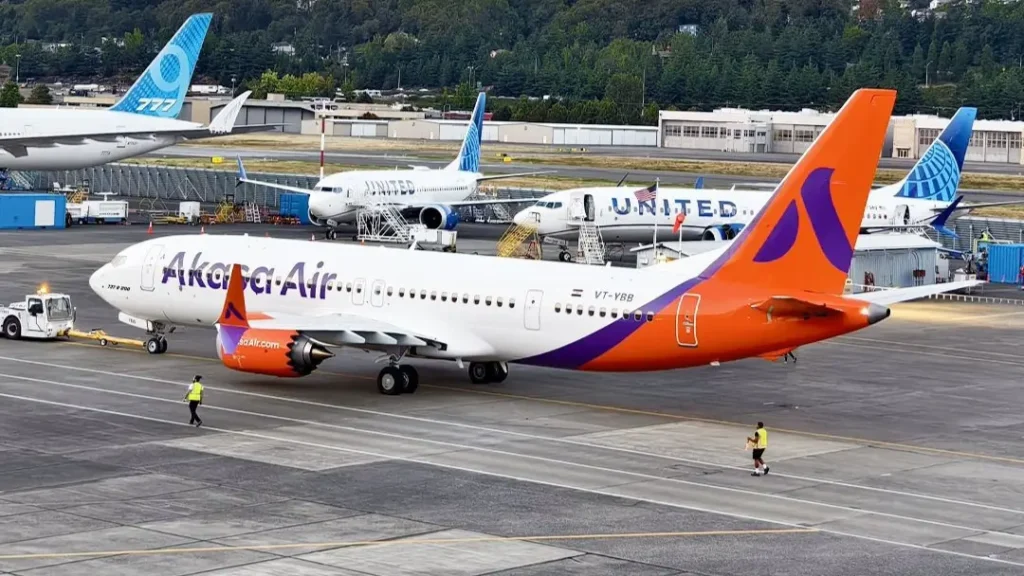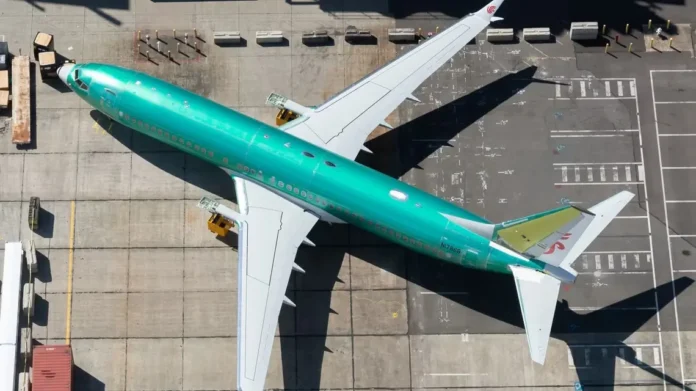WASHINGTON- The National Transportation Safety Board (NTSB) has issued an urgent warning to airlines operating Boeing 737 aircraft. The warning stems from a potential failure in the rudder control system, first observed on a United Airlines (UA) flight in February.
This issue could affect other Boeing 737 Next-Generation and 737 MAX fleet aircraft, the two most recent iterations of Boeing’s best-selling aircraft.

Boeing 737 Rudder Issues
The NTSB reports that a specific component of the rudder control system may lose functionality in cold weather conditions. This malfunction occurred during a United Airlines flight from Nassau, Bahamas, to Newark, New Jersey, on February 6.
During the landing roll, the aircraft’s rudder pedals became stuck in neutral positions. The captain managed to control the plane using its nosewheel steering system, averting any injuries.
Following this incident, the NTSB launched an investigation into the plane’s rudder system. Their findings revealed significant issues with a crucial component called the rollout guidance actuator.
The NTSB tested this component, manufactured by Collins Aerospace, along with an identical unit from another aircraft. Both actuators exhibited compromised functionality when exposed to cold temperatures.
Investigators discovered evidence of moisture in both actuators, which failed subsequent testing.
Collins Aerospace identified the root cause as an incorrectly assembled sealed bearing during the production process. This manufacturing flaw left one side of the bearing unsealed, making it more susceptible to moisture intrusion. In cold conditions, this moisture can freeze, limiting the rudder system’s movement.
The Federal Aviation Administration (FAA) has responded to this safety concern. They stated that United Airlines was the only U.S. operator using these specific components. The FAA further clarified that, to their knowledge, these units are no longer in service.
Problems Due to Frozen Moisture
Collins Aerospace identified over 353 affected actuators assembled since 2017, highlighting the scale of the issue.
NTSB directed Boeing to notify airlines about appropriate pilot responses to potential rudder control system jams caused by frozen moisture inside actuators. This guidance aims to enhance pilot preparedness for similar incidents.
The safety board recommended that the Federal Aviation Administration (FAA) assess whether actuators with incorrectly assembled bearings should be removed from aircraft. If deemed necessary, the FAA should instruct U.S. operators to replace these components.
FAA acknowledged NTSB’s recommendation, stating its close monitoring of the situation as an investigation party. The agency plans to convene a corrective action review board to determine the next steps based on NTSB’s interim recommendations.
This safety concern adds to Boeing’s existing challenges, including a machinists strike and increased regulatory scrutiny following a January incident where an Alaska Airlines (AS) 737 Max lost a fuselage piece mid-flight.
Stay tuned with us. Further, follow us on social media for the latest updates.
Join us on Telegram Group for the Latest Aviation Updates. Subsequently, follow us on Google News.
The post Boeing Under Investigation for 737 MAX and NG Rudder Issues appeared first on Aviation A2Z.
